
Tue, 2023/08/15
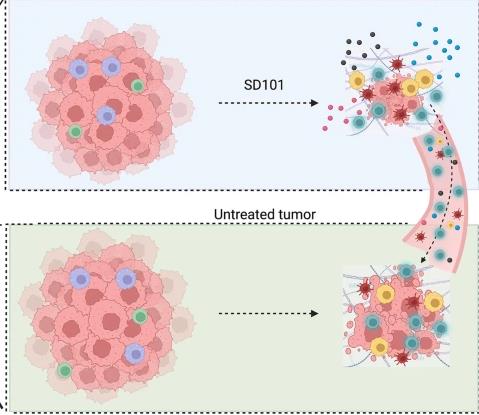
Wed, 2023/07/26
TLR9 Agonists Can Act As In Situ Anti-Tumor Vaccines
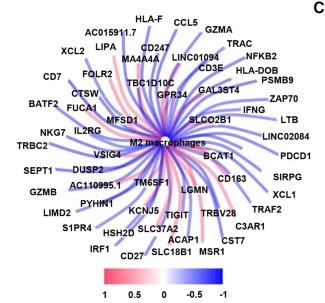
Tue, 2023/07/25
TRAF2 Is a Potential New Target for the Treatment of Advanced Renal Cell Carcinoma
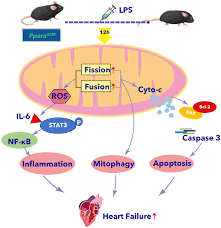
Fri, 2023/07/21
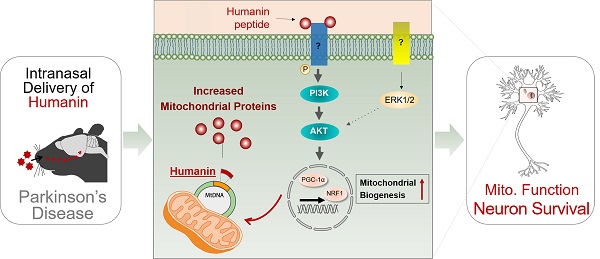
Fri, 2023/07/21
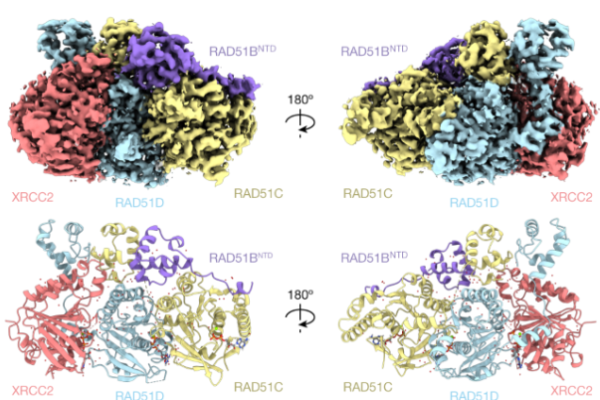
Sat, 2023/07/01
Structure and Function of the RAD51B-RAD51C-RAD51D-XRCC2 Protein Complex
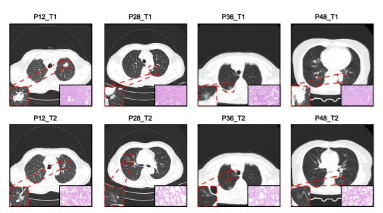
Sat, 2023/07/01
B4GALT1 Promotes Immune Escape in Lung Adenocarcinoma
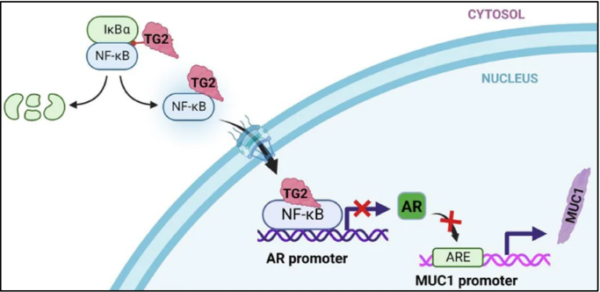
Sat, 2023/07/01
Mutated TG2 Enzyme Promotes the Progression and Diffusion Mechanism of Prostate Cancer
